US stocks experienced a notable rebound overnight as major banks stepped in to rescue the beleaguered First Republic Bank, preventing the potential contagion from evolving into a full-blown banking crisis.
Bank of America, Goldman Sachs, JP Morgan, and others have collectively agreed to deposit USD 30B in First Republic, which has faced a mass withdrawal of customer funds in the wake of Silicon Valley Bank’s collapse and concerns that First Republic could be next.
In a joint statement on Thursday, the banks expressed their confidence in the US banking system, stating, “Together, we are deploying our financial strength and liquidity into the larger system, where it is needed the most.”
Among the major US stock indexes, NASDAQ led the way with an impressive 2.48% rally. From a technical perspective, there are indications of bullish momentum, as the index closed above the near-term trend line resistance. This development suggests that the corrective pullback from 12269.55 may have concluded at 10982.80 already.
In the coming days, reaction to the 11827.92 resistance level should be closely monitored. A firm break above this threshold would solidify the bullish case, potentially leading to a resumption of the rally from 10207.47 through the 12269.55 resistance level.
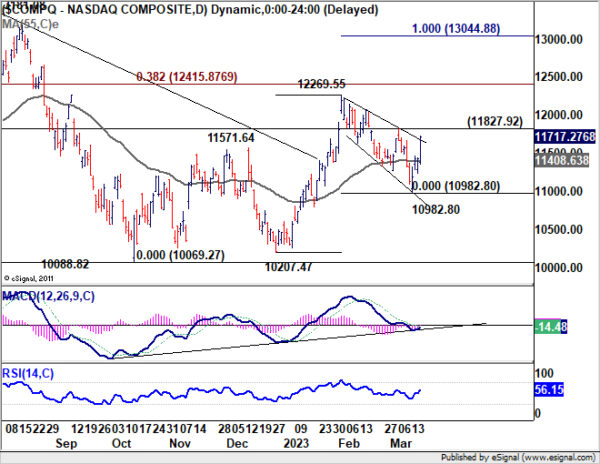




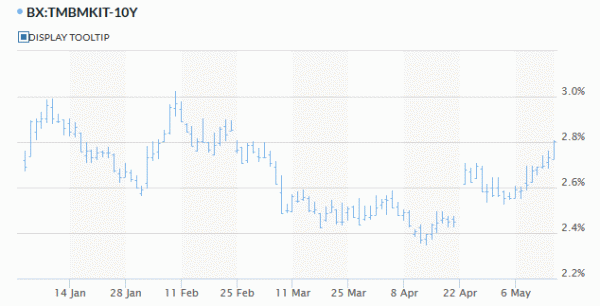
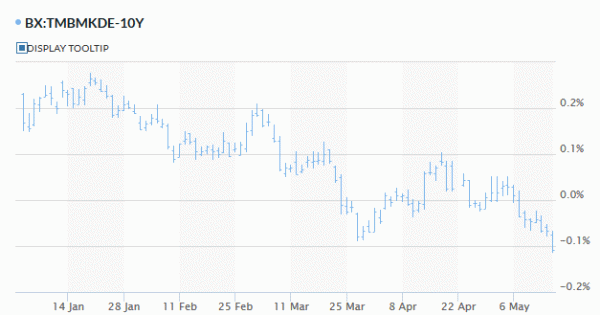
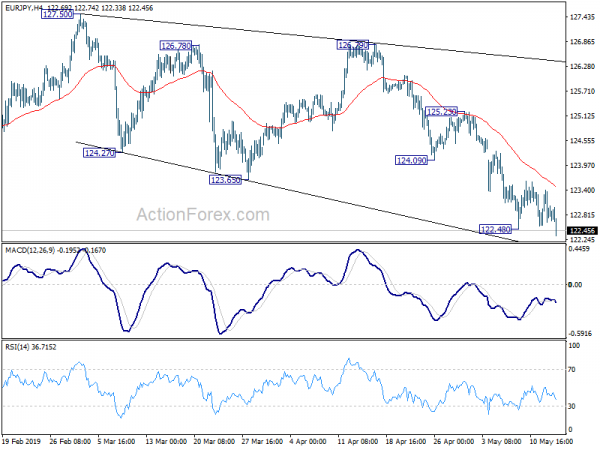
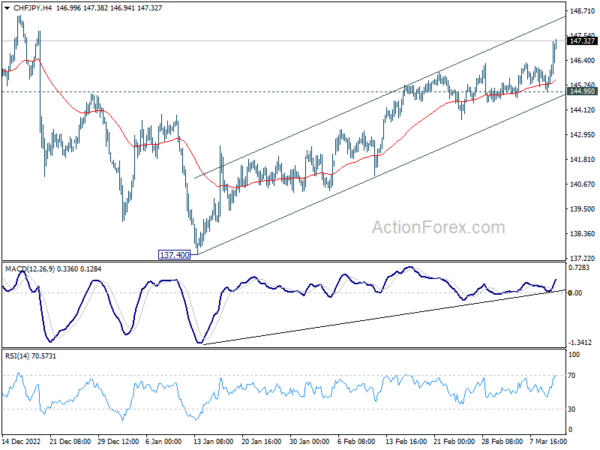
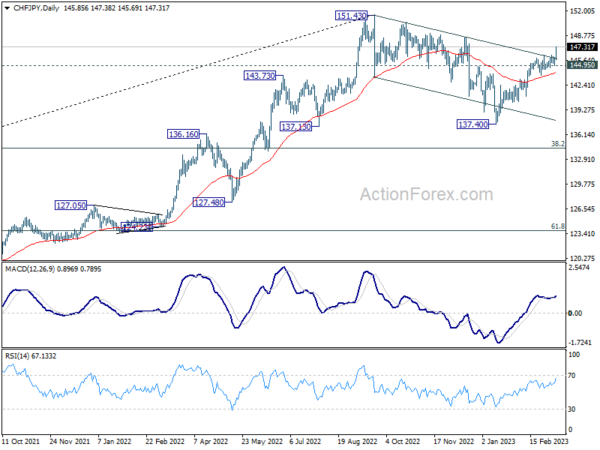
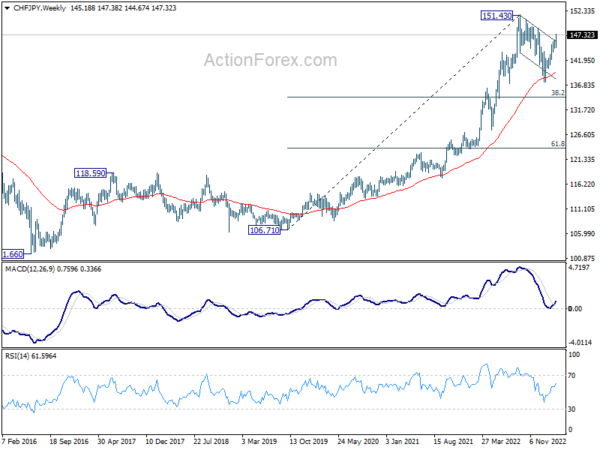
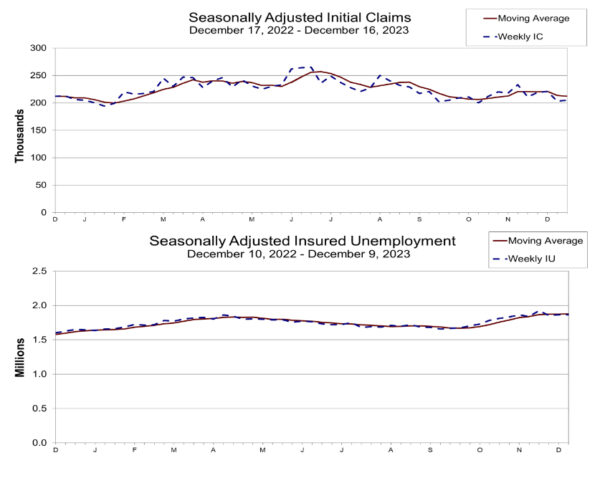
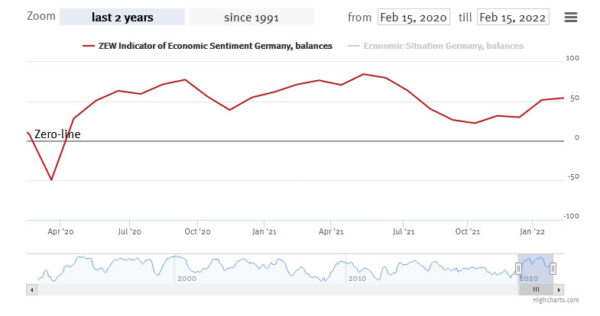
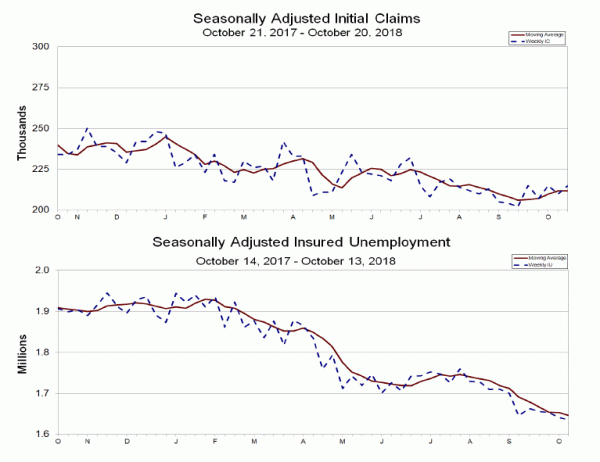
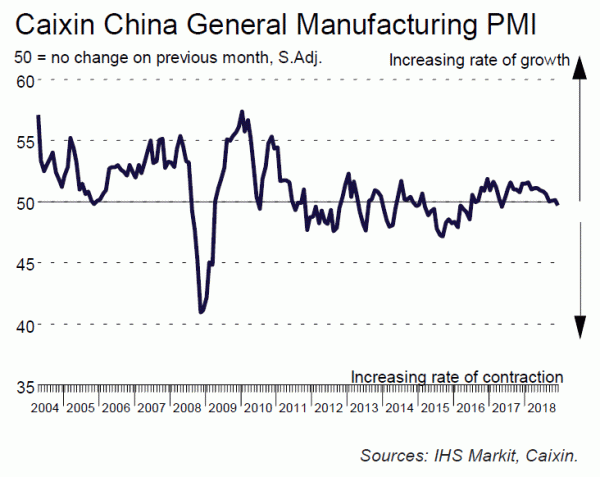
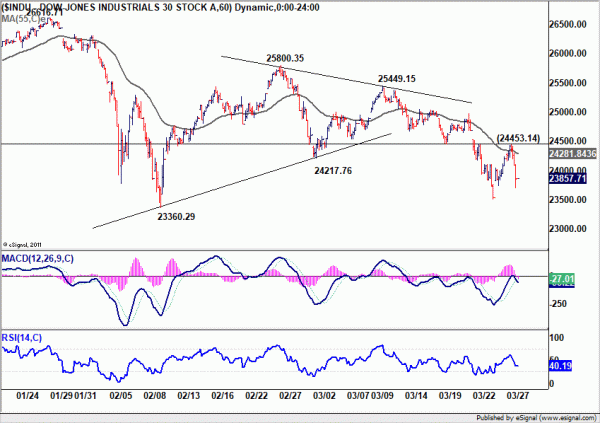
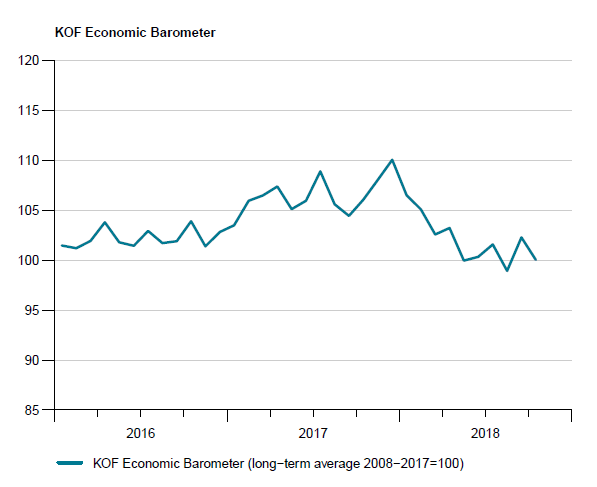

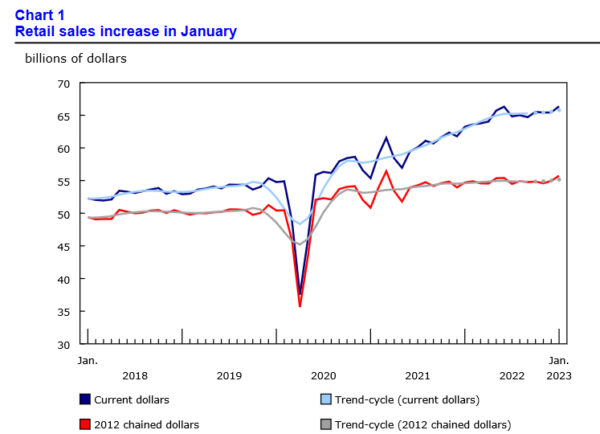
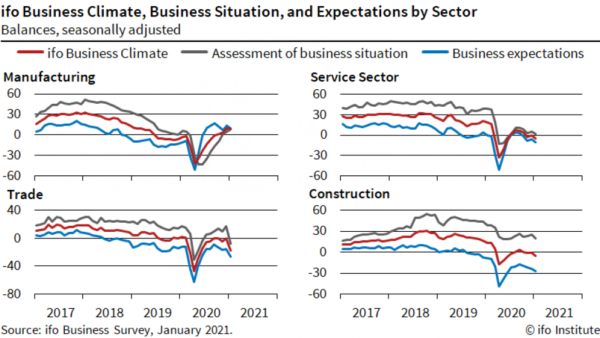
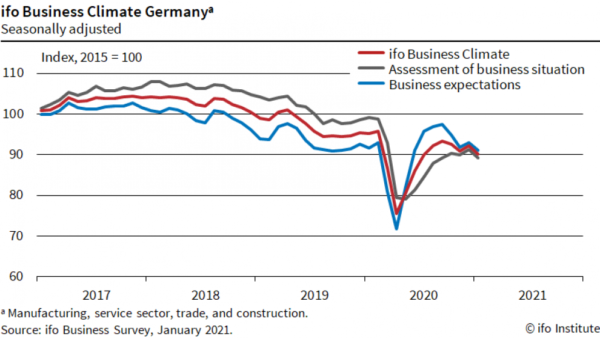
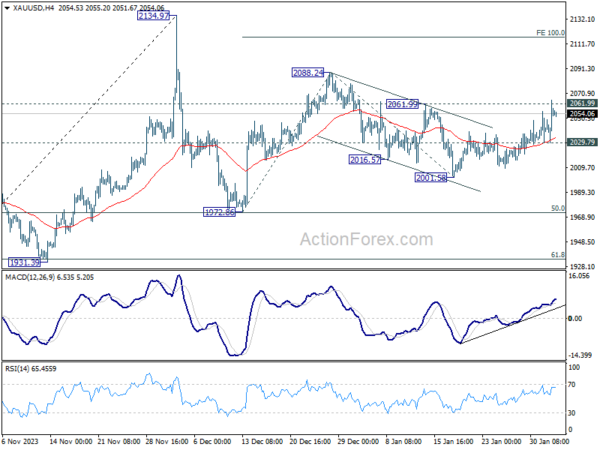
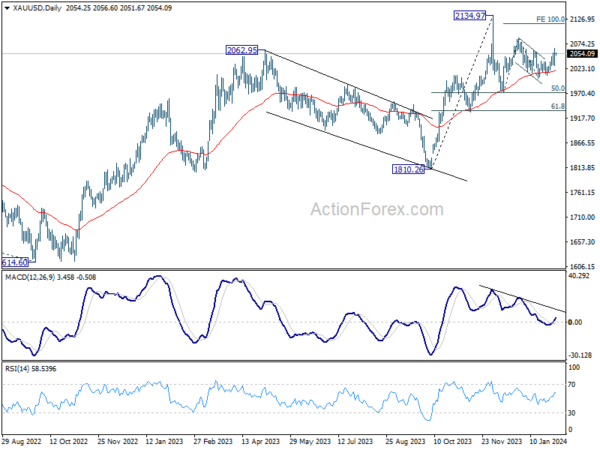

Germany PMI manufacturing dropped to 27-mth low, services to 28-mth low
Germany PMI Manufacturing dropped from 48.3 to 49.1 in September, a 27-month low. PMI Services dropped from 47.7 to 45.4, a 28-month low. PMI Composite dropped from 46.9 to 45.9, a 28-month low.
Phil Smith, Economics Associate Director at S&P Global Market Intelligence said:
“The German economy looks set to contract in the third quarter, and with PMI showing the downturn gathering in September and the survey’s forward-looking indicators also deteriorating, the prospects for the fourth quarter are not looking good either.
“The deepening decline in business activity in September was led by the service sector, which has seen demand weaken rapidly as customers pull back on spending due tightening budgets and heightened uncertainty about the outlook.
“Whilst constraints on manufacturing output from material shortages looked to have eased somewhat, resulting in a shallower decline production levels in September, goods producers like their service sector counterparts have nevertheless grown increasingly concerned about activity in the coming months, with the energy crisis stoking recession fears.
“Just when it looked like underlying inflationary pressures might be easing, a fresh surge in energy prices has seen business input costs rise at a faster rate for the first time in five months, in turn leading to a renewed acceleration in average prices charged for goods and services.”
Full release here.